AS9100-D Design Development Procedure Template Word
The AS9100-D Design Development Procedure Template Word is a comprehensive document that outlines the design and development process for aerospace products. This template is designed to help organizations comply with the AS9100-D standard, which is a quality management system specifically developed for the aerospace industry.
The template includes detailed instructions on how to develop a design and development plan, how to identify and manage design inputs and outputs, and how to conduct design reviews and verification activities. It also includes guidance on how to manage design changes and how to ensure that all design and development activities are properly documented and controlled.
Using this template can help organizations streamline their design and development processes, reduce errors and rework, and improve overall product quality. It can also help organizations demonstrate compliance with the AS9100-D standard, which is increasingly important for companies that want to do business in the aerospace industry.
The AS9100-D Design Development Procedure Template Word is fully customizable, so organizations can tailor it to their specific needs and requirements. It is also easy to use, with clear instructions and examples provided throughout the document.
Overall, the AS9100-D Design Development Procedure Template Word is an essential tool for any organization that wants to develop high-quality aerospace products and comply with industry standards. It is a cost-effective solution that can save time and resources, while also improving product quality and customer satisfaction.
AS9100 Design and Development Procedure
The Aerospace Design and Development Procedure AS9100 delineates approved procedures for advanced quality planning, design, and development of new aircraft products or aerospace services. The procedure applies to all new product development, as well as to significant changes to existing products. (20 pages, 3281 words)
The design phase is the most important phase of the aerospace product life cycle, because inherent quality, effectiveness, safety, and customer satisfaction of the product are established here. No matter how carefully a product may be manufactured or how perfect a quality control program, inherent qualities cannot be improved except through design enhancement (Design in Quality). It’s crucial that adequate advanced quality planning and controls be established, implemented, and maintained during the aerospace design phase to optimize quality, effectiveness, safety, and customer satisfaction prior to manufacturing.
Design Development AS9100 Responsibilities
All Employees are responsible for ensuring product and process improvement.
The Engineering Manager is responsible for designing, evaluating, testing, and all technical aspects of product and process development.
The Accounting Manager is responsible for evaluating and reporting on the financial aspects of product/process development.
The Marketing Manager is responsible for coordinating product development with the customer base, supervising field trials, finding new markets for the Company’s products/processes, and raising awareness of the Company’s offerings.
Top Management is responsible for final review and approval of design and development (D&D) projects.
The Product Development Team is responsible for managing the product design-and-development process; may also be known as “the Project Team”.
Design Development AS9100 Definitions
COTS – Commercial off-the-shelf; products manufactured commercially and tailored for a specific use. Compare COTS products with those produced entirely and uniquely for specific applications.
Failure Mode and Effects Analysis (FMEA) – Technique for assessing design of processes, products or services in which failures can occur. FMEA is useful for evaluating reliability, safety, and general quality in order to design in quality, evaluate and address risks, and improve design results.
The probability of each failure occurring and the result of failure are analyzed. If possible, hazards and faulty performance are designed out of the device; if not, hazards/substandard performance are compensated, reduced, detected, or prevented (by interlocks, warning signs, explicit instructions, alarms, etc.).
Risk of failure cannot always be removed from products but can be understood and controlled to the extent possible with technology or countermeasures.
Fault Tree Analysis – Deductive, top-down approach to failure mode analysis, where:
- System failure or safety hazard is assumed;
- Basic component failure or an event that could cause the assumed system failure or safety hazard is identified; and
- Computational techniques are used to analyze defects, determine failure probabilities, and establish the severity of failure effects.
Key characteristic – Feature of a material, part, or process, variation of which will significantly influence a product’s fit, performance, service life, or manufacturability. Key characteristics are essential to meeting product goals.
Quality Function Deployment (QFD) – Structured approach to defining customer needs or requirements and translating needs into specific plans to produce products to meet those needs. The “voice of the customer” (the term used to describe stated and unstated customer needs or requirements) is captured in a variety of ways (e.g., direct discussion or interviews, surveys, focus groups, customer specifications, observation, warranty data, field reports) and then summarized in a product planning matrix – a “house of quality”. Houses of quality are used to translate higher-level “whats” – needs – into lower-level “hows”, product requirements or technical characteristics to satisfy these needs.
Requirement – Condition that must be met in order to do something; something wanted or needed; something essential to the existence or occurrence of something else.
Verification – Evaluating a system or component during or at the end of the development process to determine if it satisfies specified input requirements.
Validation – Evaluating a system or component during or at the end of the development process to determine if it satisfies actual use conditions.
AS9100 Design Development Procedure Activities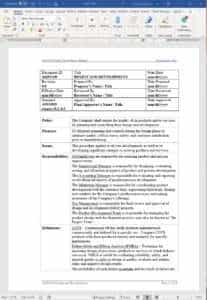
- Aerospace Design Inputs
- AS9100 Design and Development
- Aerospace Design and Development Review
- Design Verification in AS9100
- Design Validation and Testing for AS9100
- AS9100 Project Assessment
Aerospace References
- AS9100:2016 Rev D, “Quality Management Systems – Requirements for Aviation, Space, and Defense Organizations”, SAE International, Sept., 2016.
- Quality Procedures
- AQP0600 RISKS AND OPPORTUNITIES MANAGEMENT
- AQP1000 DOCUMENTED INFORMATION CONTROL
- AQP1040 NONCONFORMITY AND CORRECTIVE ACTION
- AQP1090 PROJECT PLANNING
- AQP1110 DESIGN CHANGES
- AQP1120 EXTERNAL PROVIDER EVALUATION
- AQP1130 PREPRODUCTION PLANNING
- AQP1140 MANUFACTURING CONTROL
- AQP1160 EXTERNAL PROPERTY CONTROL
- AQP1220 PURCHASING
Design Development Procedure AS9100 Forms
- Aerospace Design input record(s)
- Design & development review records (e.g., Design Review Checklist, meeting minutes)
- Design/development verification records (e.g., Design Completion Checklist for EMD, Design Completion Checklist for Non-EMD, Verification Checklist)
- Design/development validation records (e.g., Product Test)
- Record of lost, damaged, or unusable customer property
- Product design & development file (database)


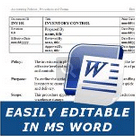
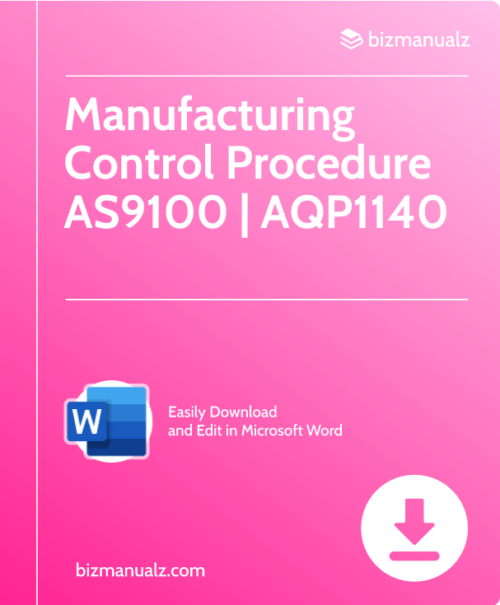
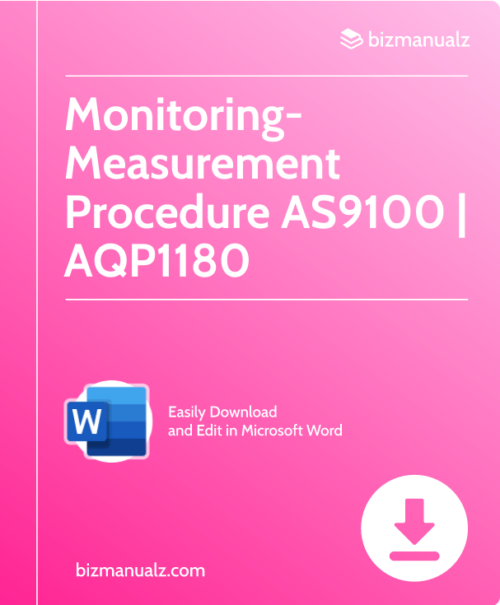
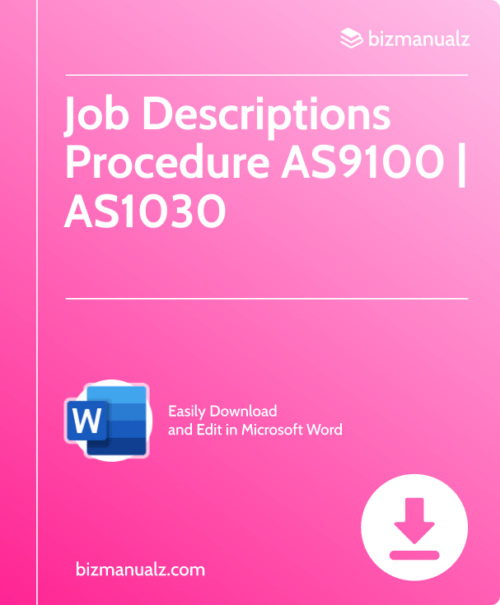
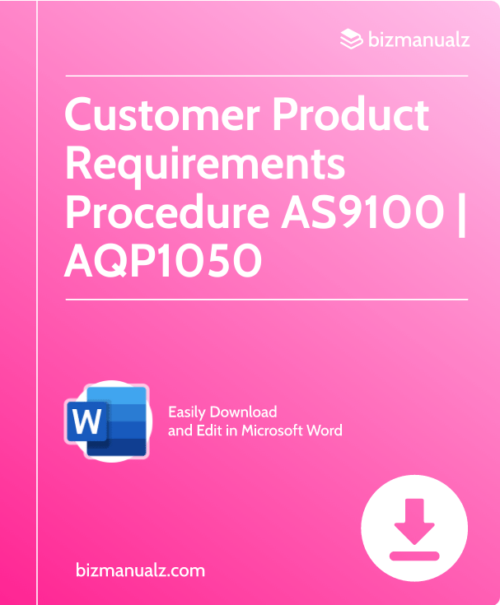
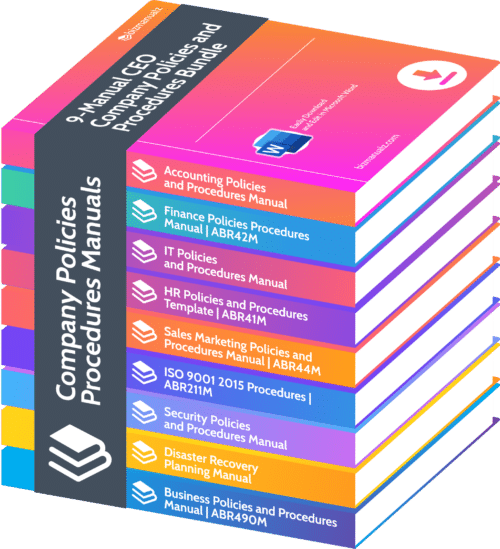
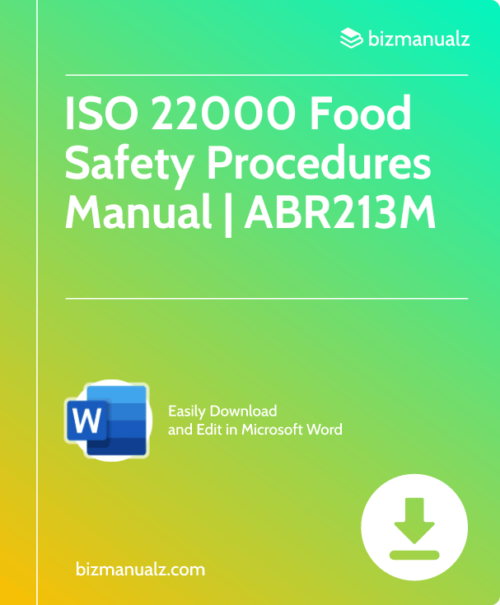
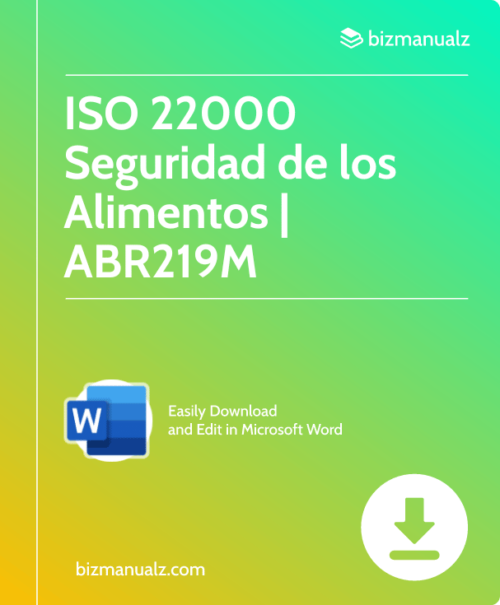
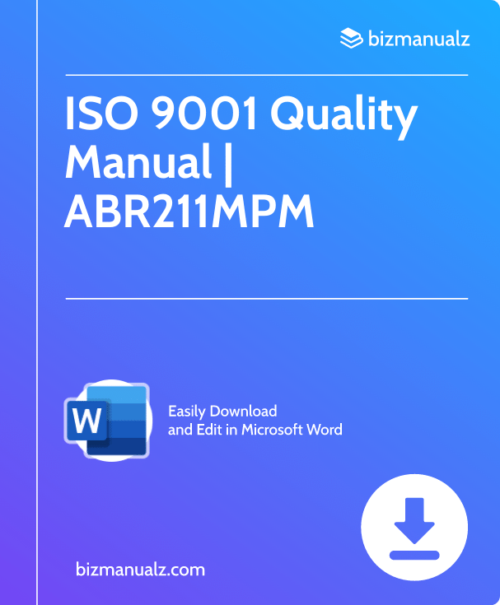
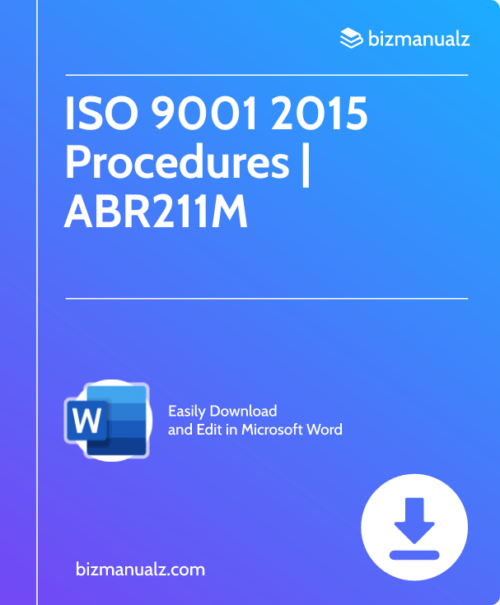
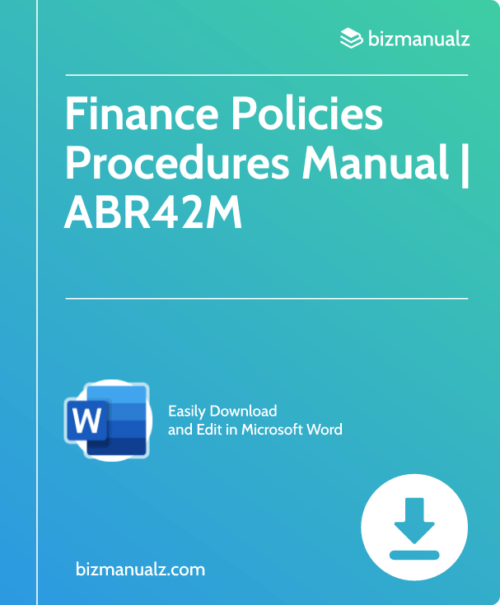
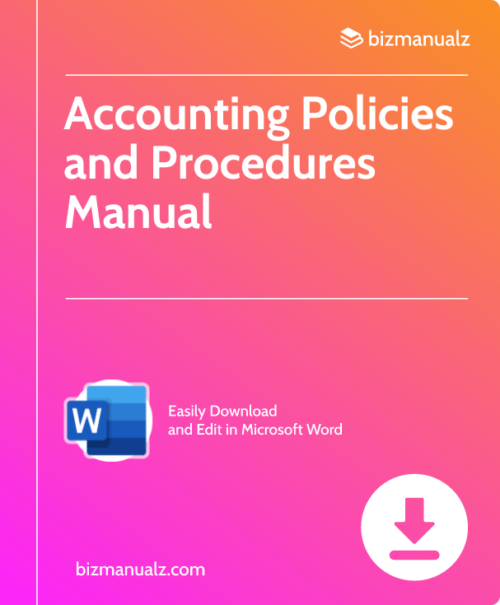
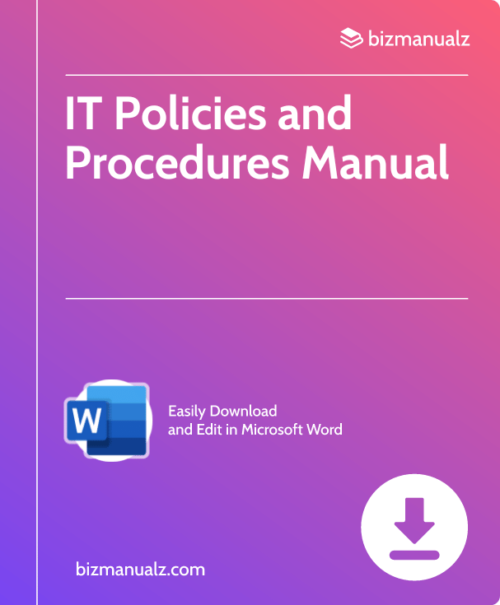
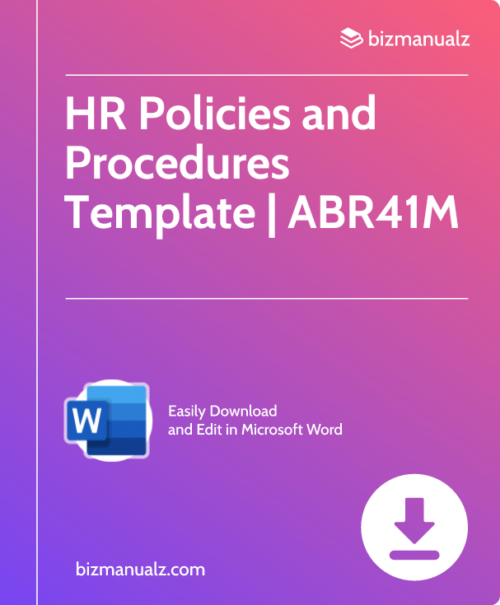
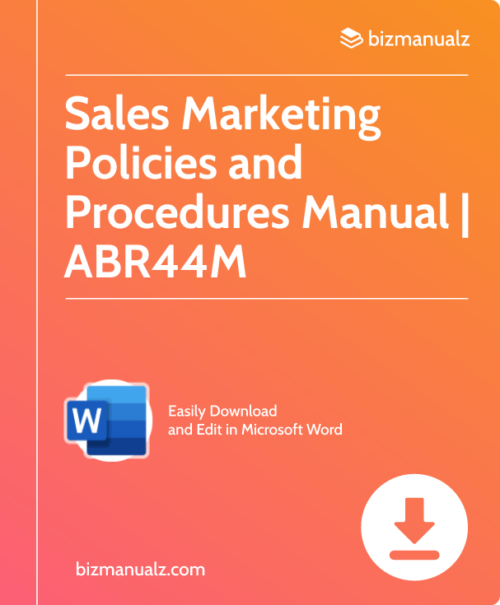


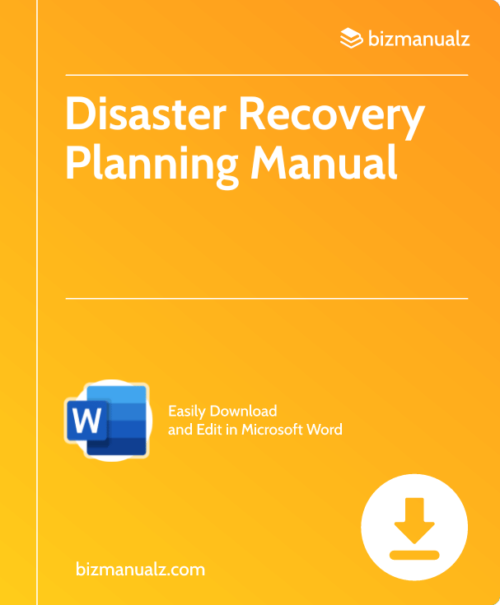

Reviews
There are no reviews yet.